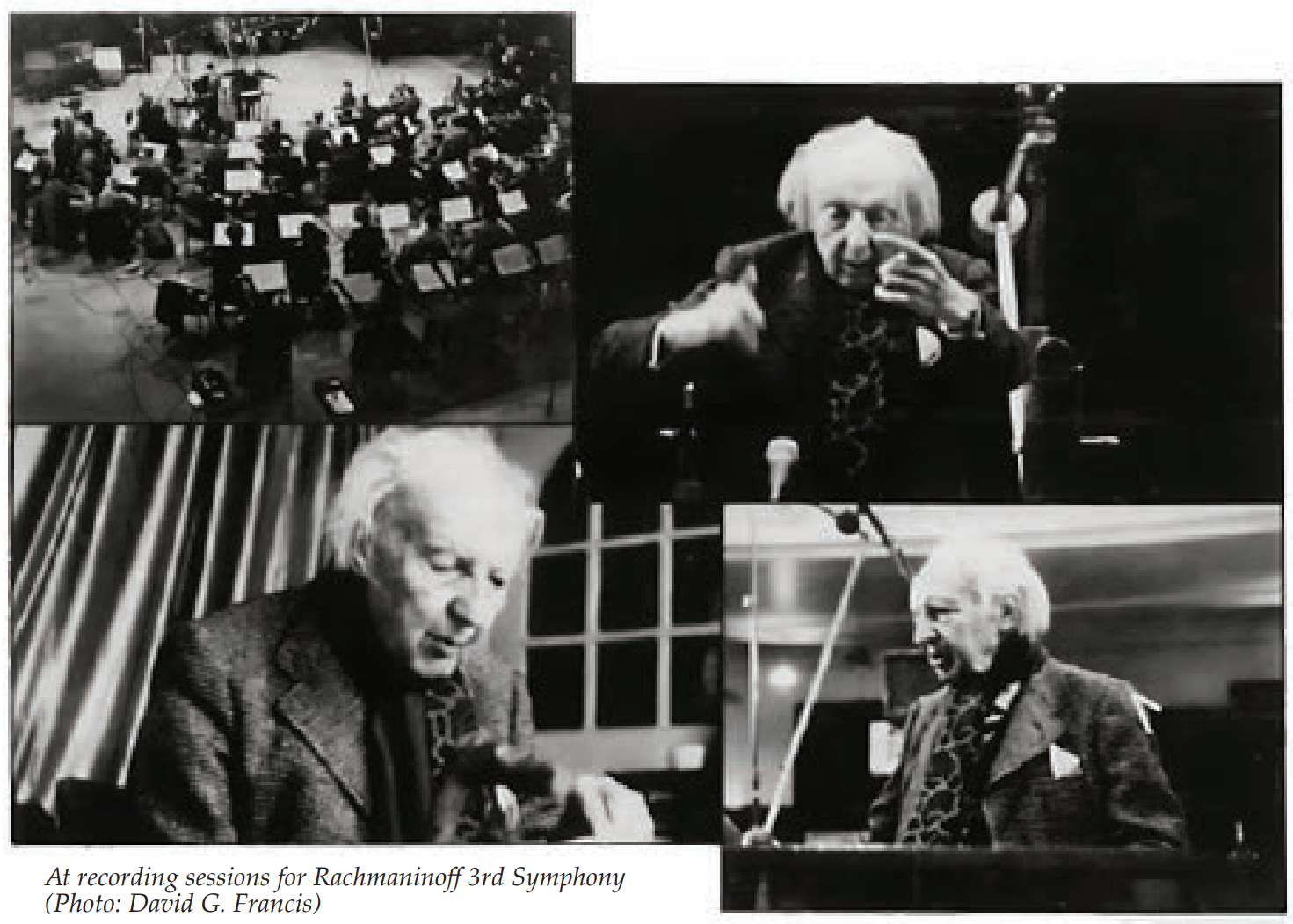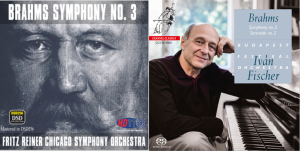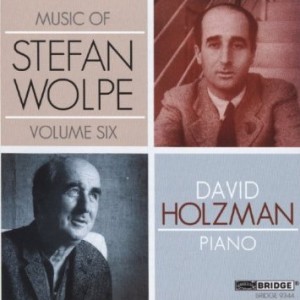This transfer in Pure DSD256 directly from the original Desmar master tapes recorded by the great Bob Auger is hugely impressive. So clean, open, detailed and dynamic. Just beyond excellent! And the performance is one of the most compelling, most thoroughly convincing, performances of this symphony among the six alternate recordings I have in my music library. And in Pure DSD256 directly from the master tapes, it is also the best sounding.
Rachmaninoff Symphony No. 3 & Vocalise, Leopold Stokowski, National Philharmonic Orchestra. HDTT, 1975, 2023 (Pure DSD256) HERE
Stokowski premiered Rachmaninoff's Symphony No. 3 in 1936 with the Philadelphia Orchestra. It was not well-received by the public and, even though Stokowski was a life-long champion of Rachmaninoff's works, he did not perform the Third again until he was coaxed to make this 1975 recording at the age of 93. The elapsed time from his original premier of the symphony appears to have allowed the great conductor to come fully to grips with how he wished this music to be played.
I am listening for the second time, this time at a higher volume. And I am mightily impressed. I am not a Stokowski fan. Never have been. But this performance could make me a believer—it is so much more coherent than other performances in my music library (Previn, Slatkin, Abravanel, Jansons—only Kletzki comes close), with great drama and power.
The great recording engineer Bob Auger gives us a presentation of the orchestra that sounds extremely natural, with none of the hyper detail of spot-lit instruments. It is open, with tremendous air, and with very natural sounding soundstage width and depth. The percussion thunders, the leading edge transients sound spot-on realistic, the antiphonal strings have great resonance and texture but with transparent resolution of detail. It sounds like a real orchestra performing in a space so real one can almost reach out and touch it.
And I'm not alone in my assessment of the recorded sound. I commend to you John J. Puccio's excellent review of this recording as he was able to hear it in a CD reissue from some years ago. Read his full review in Classical Candor, HERE. Of course, this transfer in Pure DSD256 simply trounces that CD reissue in all respects.
Because of the tremendous dynamic range in the recording, HDTT has made sure not to overload the transfer. So, the volume may not match to some other recordings that are compressed. So, be sure to set your control a bit higher that you might otherwise. I did so to good benefit, and never had to dive to lower the volume. Well done, HDTT!
For those of you who may be interested in a musical dissection of the work, I am simply not the right reviewer to provide it. But one such dissection which I found most helpful was that of an Amazon contributor reviewing the 1995 release by EMI on CD, which you can find in full HERE.
And for more information about this release and about the original recording, I recommend you look at the very informative accompanying booklet written by John Haley (download available HERE) and read the original album's liner notes, with a 2023 Addendum, by the eminent Rachmaninoff scholar Francis Crociata HERE.
This new reissue by HDTT in Pure DSD256 is most highly recommended!
Images and original album liner notes by Francis Crociata courtesy of HDTT.












































